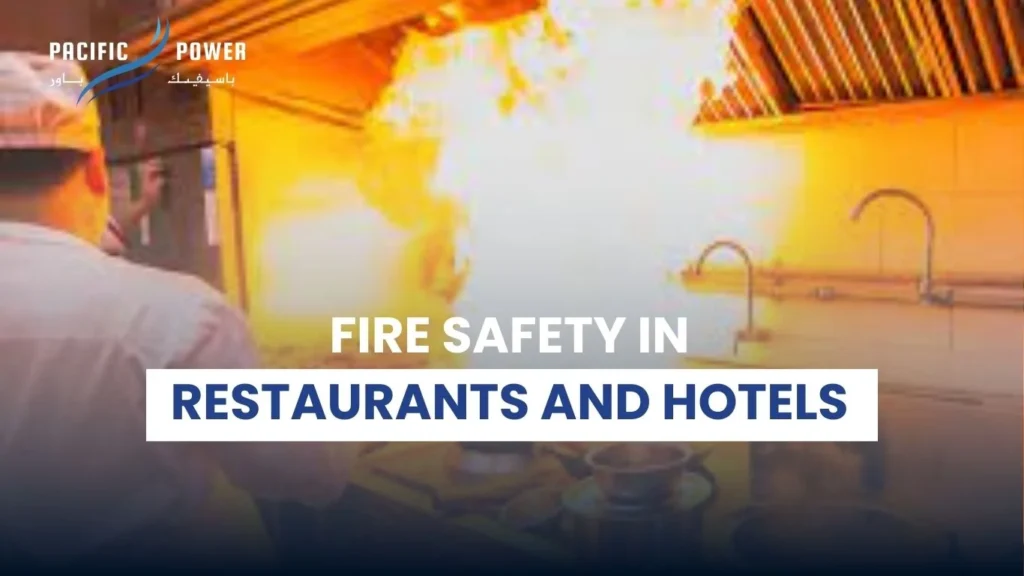
Table of Contents
Understanding Trouble Conditions in Fire Alarms
Fire alarms are essential safety devices designed to alert occupants of a building about the presence of fire or smoke. However, like any electronic system, fire alarms can sometimes experience trouble conditions that affect their performance. Understanding these trouble conditions, what causes them, and how to address them is crucial for maintaining a safe environment.
In this blog post, we will explore the most common trouble conditions in fire alarms, including device malfunctions, wiring issues, power supply problems, and other causes. We’ll also decode common fire alarm trouble codes and alerts to help you act swiftly and effectively.
What Are Trouble Conditions in Fire Alarms?
Trouble conditions refer to any fault or irregularity within the fire alarm system that could prevent it from functioning correctly during an emergency. Unlike fire alarms triggered by smoke or heat, trouble conditions usually do not involve an immediate fire hazard but indicate problems that could compromise the system’s reliability.
These conditions often trigger visual or audible trouble signals, prompting building owners, facility managers, or maintenance personnel to investigate and fix the issue.
Device Malfunctions: Common Fire Alarm Trouble
Fire alarm systems consist of multiple devices like smoke detectors, heat detectors, manual pull stations, control panels, and notification appliances. Any malfunction in these devices can cause trouble.
1. Smoke Detector Failures
Smoke detectors are the most critical devices in any fire alarm system. Common malfunctions include:
- Dirty or Dusty Sensors: Dust accumulation can block smoke particles from reaching the sensor, resulting in false alarms or failure to detect smoke.
- Sensor Aging: Over time, the sensor components degrade, reducing sensitivity.
- Physical Damage: Accidental impacts or environmental factors can damage detectors.
2. Heat Detector Issues
Heat detectors may fail due to:
- Faulty thermistors or heat-sensitive elements.
- Exposure to temperature extremes outside their operating range.
- Corrosion or contamination.
3. Control Panel Errors
The fire alarm control panel is the brain of the system. Errors here may include:
- Internal circuit faults.
- Software glitches.
- Memory or communication errors.
4. Notification Appliance Problems
Speakers, strobes, or horns that do not operate properly can result in trouble alerts. Causes include wiring faults or device failure.
Wiring Issues: The Hidden Cause of Many Fire Alarm Troubles
Wiring problems are one of the most common reasons for fire alarm trouble conditions. Because fire alarm systems rely heavily on wiring to connect all devices to the control panel, any issue in the wiring can disrupt communication and power.
1. Open Circuits
An open circuit occurs when the wiring is broken or disconnected. This could happen due to:
- Rodent damage.
- Construction work accidents.
- Corroded terminals.
2. Short Circuits
When two wires touch that shouldn’t, a short circuit happens. This causes current to bypass the intended path, which can:
- Trigger false trouble signals.
- Prevent devices from operating.
- Damage system components.
3. Ground Faults
Ground faults occur when a wire contacts a grounded object. This can cause the system to report a trouble condition and affect the operation of the system.
4. Loose Connections
Loose or poorly connected wires can intermittently disrupt signals, causing unpredictable trouble alerts.
Power Supply Problems: Ensuring Uninterrupted Safety
A reliable power supply is vital for a fire alarm system to function 24/7. Power issues are frequent culprits behind trouble conditions.
1. Primary Power Failure
Fire alarms typically run on building electricity (AC power). When this power fails due to:
- Power outages.
- Circuit breaker trips.
- Electrical faults.
The system switches to backup power.
2. Battery Backup Issues
Most fire alarms have batteries to provide backup power during outages. Battery-related trouble conditions include:
- Dead or weak batteries.
- Improper battery installation.
- Battery corrosion or leakage.
3. Power Supply Unit Failures
The power supply unit (PSU) that converts AC to the needed DC voltage can malfunction, causing trouble signals.
4. Voltage Fluctuations
Sudden voltage drops or surges can confuse the fire alarm system, leading to false trouble alerts.
Other Causes of Fire Alarm Trouble Conditions
Besides devices, wiring, and power supply, several other factors can cause trouble in fire alarms.
1. Environmental Factors
- Excessive dust, humidity, or temperature extremes can affect device performance.
- Construction dust or smoke can trigger false alarms or trouble signals.
2. Improper Installation or Maintenance
- Incorrect device placement.
- Lack of regular inspection or cleaning.
- Using incompatible or low-quality parts.
3. Software or Programming Errors
- Firmware bugs in the control panel.
- Incorrect system programming or zone configuration.
Common Fire Alarm Codes and Trouble Alerts Explained
Modern fire alarm systems use codes or specific trouble alerts to identify the type and location of problems. Understanding these codes can help you respond promptly.
Typical Trouble Codes Include:
- Open Circuit Trouble: Indicates broken wiring or device disconnection.
- Short Circuit Trouble: Shows a wiring fault causing a short.
- Ground Fault Trouble: A wire touching a grounded object.
- Power Supply Trouble: Problems with main power or backup batteries.
- Detector Trouble: Fault or failure in a specific detector.
- Module Trouble: Issues with control modules or notification devices.
- Communication Trouble: Failure in communication between devices and control panel.
How Trouble Alerts Are Presented
- Audible Beeps: Intermittent beeps or chirps from the control panel or detectors.
- Visual Indicators: Flashing LEDs or trouble lights.
- Display Messages: Text or numeric codes on digital panels.
- Remote Notifications: SMS or email alerts from advanced systems.
Detailed Troubleshooting Steps for Fire Alarm Trouble Conditions
Step 1: Identify the Trouble Signal
Check the control panel for error codes or trouble lights. Note any audible signals.
Step 2: Inspect the Device
Physically examine the indicated device or wiring for dirt, damage, or loose connections.
Step 3: Check Power Supply
Ensure the building’s AC power is active, and backup batteries are charged and correctly installed.
Step 4: Test the System
Perform a system reset or test using the control panel to see if the trouble clears.
Step 5: Consult the Manual
Refer to the fire alarm’s user manual for specific error code meanings and manufacturer troubleshooting tips.
Step 6: Call a Certified Technician
If the trouble persists, schedule professional maintenance or repairs to avoid compromising safety.
Real-Life Scenarios: Fire Alarm Trouble and How They Were Solved
Scenario 1: False Alarms Due to Dusty Detectors
In a warehouse under renovation, excessive dust led to frequent false alarms. The maintenance team cleaned all smoke detectors, replaced filters, and installed temporary barriers to reduce dust exposure, solving the problem.
Scenario 2: Power Failure During Storm
A sudden storm caused multiple power outages, and the backup batteries in a commercial building were found dead. After replacing batteries and installing a generator backup, the system stayed fully operational during subsequent outages.
Scenario 3: Short Circuit from Rodent Damage
In an office building, a short circuit was traced to rodent-chewed wiring in the ceiling. The wiring was replaced with protective conduit, and pest control measures were implemented to prevent recurrence.
Benefits of Regular Fire Alarm Maintenance
- Ensures Reliability: Keeps all components working correctly.
- Prevents False Alarms: Reduces unnecessary disruptions.
- Extends Equipment Life: Regular cleaning and checks prevent premature failures.
- Compliance: Meets fire safety codes and insurance requirements.
- Peace of Mind: Confirms safety systems are ready when needed.
Conclusion
Fire alarm trouble conditions can range from simple battery issues to complex wiring faults. Recognizing these issues, understanding trouble codes, and performing timely maintenance are essential for safety and compliance. At Pacific Power UAE, we are committed to helping you maintain reliable fire protection systems with expert installation, servicing, and support.
Contact us today to schedule a comprehensive fire alarm inspection and ensure your system is always ready to protect.

